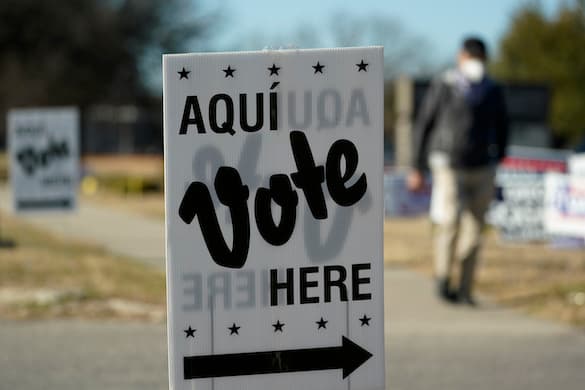Latino Support for Democrats Craters Since Last Midterms
New polling suggests that Hispanic and Latino voters are becoming less loyal to Democrats.

A recent poll suggests that support for Democrats among Latino voters has cratered since the last midterm election in 2018, with the two main parties now virtually tied in a demographic that Democrats dominated by nearly 40 points four years ago.
Please check your email.
A verification code has been sent to
Didn't get a code? Click to resend.
To continue reading, please select:
Enter your email to read for FREE
Get 1 FREE article
Join the Sun for a PENNY A DAY
$0.01/day for 60 days
Cancel anytime
100% ad free experience
Unlimited article and commenting access
Full annual dues ($120) billed after 60 days

